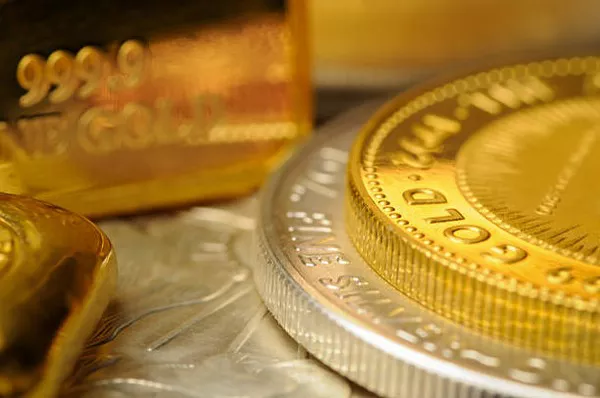In the intricate world of precious metals, the gold-silver ratio has long served as a barometer for market dynamics, reflecting the relative value between these two precious commodities. The ratio, which measures how many ounces of silver it takes to buy one ounce of gold, has been notably high in recent times, sparking curiosity and concern among investors. This article aims to delve into the reasons behind the unusually elevated gold-silver ratio, unraveling the complex interplay of various economic, geopolitical, and market factors.
Historical Perspective:
Before delving into the contemporary factors influencing the gold-silver ratio, it is essential to understand its historical context. Traditionally, the gold-silver ratio has oscillated within a certain range, often reflecting economic conditions, industrial demand, and investor sentiment. Over the past century, the average ratio has been around 60:1, meaning it took 60 ounces of silver to equal the value of one ounce of gold.
The Puzzling Ratio:
In recent years, however, the gold-silver ratio has defied historical norms, reaching unprecedented levels. As of [current date], the ratio hovers around [current ratio], signaling a stark departure from the long-term average. This puzzling development has left analysts and investors alike questioning the underlying factors driving this anomaly.
Economic Uncertainty:
One significant factor contributing to the elevated gold-silver ratio is the prevailing economic uncertainty on the global stage. The aftermath of the COVID-19 pandemic, coupled with geopolitical tensions and trade disputes, has created an environment where investors seek safe-haven assets. Gold, often regarded as the ultimate safe haven, has experienced heightened demand, driving up its price relative to other precious metals, including silver.
Investors tend to flock to gold during times of economic turmoil due to its historical role as a store of value. The increased demand for gold, in turn, influences the gold-silver ratio, pushing it to higher levels as silver fails to attract a proportionate level of safe-haven demand.
Industrial Dynamics:
Unlike gold, silver plays a dual role as both a precious metal and an industrial commodity. Approximately 50% of silver’s demand comes from industrial applications, ranging from electronics and solar panels to medical devices. The ongoing shift towards renewable energy sources and the burgeoning demand for technology have boosted silver’s industrial consumption.
Paradoxically, while increased industrial demand should theoretically drive silver prices higher, the current ratio suggests a decoupling of silver from its industrial fundamentals. Some analysts argue that the recent surge in silver’s industrial usage might not be sufficient to offset the overwhelming safe-haven demand for gold, thus contributing to the persistent elevation of the gold-silver ratio.
Monetary Policies and Central Bank Actions:
Central bank policies and monetary decisions also play a pivotal role in shaping the gold-silver ratio. The era of low-interest rates and expansive monetary policies, implemented by central banks to stimulate economic growth, has flooded financial markets with liquidity. In such an environment, investors often turn to precious metals as a hedge against potential inflation and currency devaluation.
Gold, being a traditional hedge against inflation, becomes the preferred choice for many investors. The influx of funds into gold, driven by monetary policies, tends to overshadow silver, resulting in an elevated gold-silver ratio. Central bank actions, including quantitative easing and interest rate adjustments, can significantly influence investor perceptions and contribute to the skewed ratio observed in recent times.
Market Sentiment and Speculative Trading:
The gold-silver ratio is not solely a reflection of fundamental factors; market sentiment and speculative trading also play a substantial role. Traders and investors, influenced by prevailing narratives and trends, can amplify movements in the ratio through speculative activities.
During times of heightened uncertainty, speculative trading may favor gold over silver due to its historical association with wealth preservation. This bias can lead to an imbalance in the ratio, pushing it to higher levels that may not be entirely justified by underlying economic or industrial dynamics.
See Also Which US Banks Sell Gold Coins? A Comprehensive Guide
Conclusion:
The elevated gold-silver ratio observed in recent times is a complex interplay of economic, industrial, and market factors. Economic uncertainty, industrial dynamics, central bank policies, and speculative trading have all contributed to the deviation from historical norms. While the ratio serves as a valuable indicator of market sentiment and economic conditions, it is essential for investors to consider the multifaceted nature of these influences when interpreting its implications for their portfolios.
As global dynamics continue to evolve, keeping a close eye on the factors influencing the gold-silver ratio will be crucial for investors seeking to navigate the intricate landscape of precious metals and make informed decisions in an ever-changing market.


